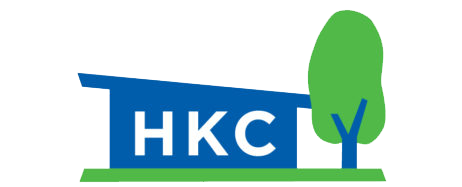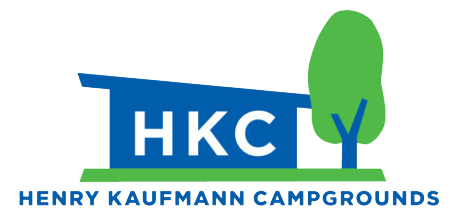History
Established since 1953
Delivering exceptional services
Henry Kaufmann Campgrounds was established in 1953 when the then called UJA Federation of Jewish Philanthropies was interested in merging all Jewish Community Centers under one banner. A large-scale campground that could accommodate the needs of various community centers and would offer area youth the opportunity to leave the city and experience the great outdoors was born, primarily through the vision of Graenum Berger (Director of Communal Planning at the UJA-Federation of Jewish Philanthropies after World War II) and through a $1 million contribution from the Henry Kaufmann Foundation.
Camps were being operated in community centers, public parks, rented vacant lots, or public schools – facilities that were often overcrowded and unsuitable. With Polio on the rise, parents were anxious for their children to get out of the hot city and into a healthier rural environment. At the same time Robert Moses, the legendary NYC Parks Commissioner, was giving the agencies a hard time about using public parks and beaches for swimming and other athletic endeavors. Furthermore, by 1951 when plans for a camp were launched, UJA-Federation societies were beyond capacity, already serving 3500 children with many more on waiting lists.
The first HKC Board, chaired by Mildred Goetz, contributed to HKC in a very hands-on way, applying real estate, construction, brokerage, legal and money management experience to purchase the initial property of 30 acres of Staten Island land at an auction, expanding it further over the years. Fred Rose, James Felt Leo Oppenheimer, Maurice Hexter and Joe Willen all played pivotal roles in the development of HKC. Funded by the Henry Kaufmann Foundation, the property was owned by UJA Federation. Named for Flora Haas (died 1950) a proponent of services for children, the Staten Island site was under the professional leadership of Monte Melamed, who had worked previously at the Grand Street Settlement.
In the early years of the Flora Haas Day Camp, the Verazzano Narrows Bridge had not yet been built and children traveled to camp by ferry and bus. The camp became a model for day camping on local, national and international levels. Both UJA-Federation and the Kaufmann Foundation encouraged the Board to expand its reach. After an extensive search for land in 1955, the Pearl River Site was purchased and wooden buildings were constructed in the same pattern as Staten Island. A unit for senior campers was added as well.
Monte Melamed continued to run HKC, handling both administrative duties and the supervision of the physical maintenance at Pearl River with heartfelt commitment and zeal.
By 1959, community centers in Brooklyn, Queens and Nassau County were pressing UJA-Federation for a similar site to meet the needs of their growing population of children. After scouting for large tracts of undeveloped, green acreage on Long Island, Fred Rose and Norman Goetz arranged for the purchase of the third HKC site, located in Wyandanch, New York. The Board hired prize winning architect Edward Larabee Barnes to design the site, giving it a more modern look than the other two rustic sites. Financed significantly by Judge Joseph Proskauer (and named for his wife Alice), the site became an amazing complex of pools, woodland trails and shelters.
HKC continues to play a vital part in Jewish day camping in New York. With 500 acres of rustic land, it is home 14 day camps, affiliated with 15 different Jewish Community Centers and YM-YWHAs across metropolitan New York, and serves over 5,500 campers each summer.

